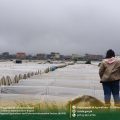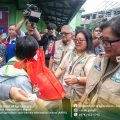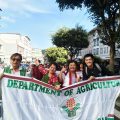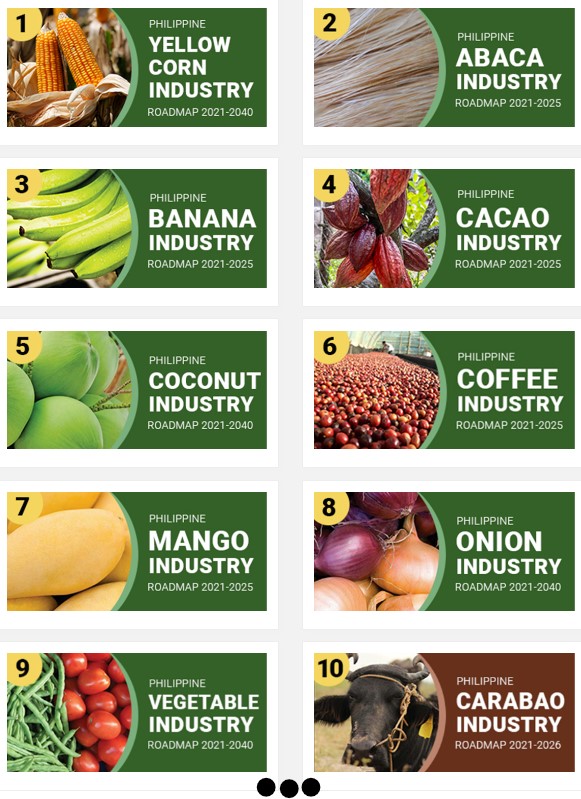- The Department of Agriculture traced its beginnings on June 3, 1898 when it was originally established under President Emilio Aguinaldo as the Department of Agriculture and Manufacturing (DAM) with Jose Alejandrino as the first appointed Secretary. Through the years, the Department underwent several re-organizing processes until it became the Ministry of Agriculture in 1986 by virtue of executive Order No. 116 issued by President Corazon C. Aquino. Eventually, the Republic Act No. 8435 or “The Agriculture and Fisheries Modernization Act of 1997” took effect in 1997. Its status eventually changed from a Ministry to a Department. Since then, the Department continues its mandate in promoting agricultural development in the country; and its regional field offices as its implementing arm in the regions.
- The 1986 Philippine Constitution paved way to the creation of autonomous regions; one in the Muslim Mindanao and another in the Cordilleras. Section 15, Article X states “There shall be created autonomous regions on Muslim Mindanao and in the Cordilleras consisting of provinces, cities, municipalities. And geographical areas sharing common and distinctive historical and cultural heritage, economic and social structures, and other relevant characteristics within the framework of this Constitution and the national sovereignty as well as territorial integrity of the Republic of the Philippines.”
- The Executive Order No. 220, series of 1987 was thus issued by the President Corazon C. Aquino creating the Cordillera Administrative Region (CAR), composed of the provinces of Abra, Benguet and Mountain Provinces which were then under Region 1, and the provinces of Apayao, Ifugao and Kalinga which were under Region. Subsequently, President Aquino issued National Line Agencies in the Region; for the Department of Agriculture, Department of Agriculture CAR. Pending approval of an Organic Act that will create the autonomous region, the Region remains under Administrative status.
- In 1991, the Local Government Code of the Philippines became effective, devolving various Line Agency functions in delivering basic to the Provincial and Municipal Local Government Units including the transfer of corresponding manpower. This consequently restructured the DA CAR into a Regional Field Unit, transferring its provincial and
- The Department of Agriculture traced its beginnings on June 3, 1898 when it was originally established under President Emilio Aguinaldo as the Department of Agriculture and Manufacturing (DAM) with Jose Alejandrino as the first appointed Secretary. Through the years, the Department underwent several re-organizing processes until it became the Ministry of Agriculture in 1986 by virtue of executive Order No. 116 issued by President Corazon C. Aquino. Eventually, the Republic Act No. 8435 or “The Agriculture and Fisheries Modernization Act of 1997” took effect in 1997. Its status eventually changed from a Ministry to a Department. Since then, the Department continues its mandate in promoting agricultural development in the country; and its regional field offices as its implementing arm in the regions.






